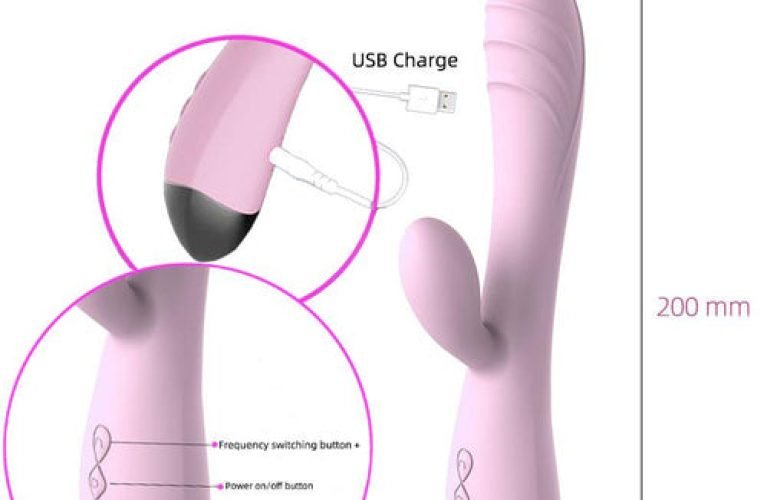Welding is an essential process in the world of fabrication and construction, joining metal components to create robust and reliable structures. Among the numerous welding techniques available, using the right welding electrode is crucial for achieving impeccable results. In this blog, we will delve into the realm of welding electrodes, with a specific focus on Duplex Welding Electrodes and Inconel Welding Electrodes.
Understanding Welding Electrodes: The Backbone of Welding
Before we dive into the specifics of Duplex and Inconel welding electrodes, it is essential to understand what welding electrodes are and their significance in the welding process. Welding electrodes are metal wires or rods coated with a flux that generates a stable arc when an electric current passes through them. This arc creates the heat necessary to melt the base metal and the electrode, allowing them to fuse together and form a strong joint.
The flux coating serves multiple purposes, including protecting the molten metal from impurities, stabilizing the arc, and creating a slag that shields the cooling weld from contaminants. Different types of welding electrodes are designed for specific applications, with factors like base metal type, welding position, and mechanical properties influencing the electrode selection.
Duplex Welding Electrode: Strength and Corrosion Resistance Combined
Duplex stainless steel is a remarkable material known for its exceptional combination of strength and corrosion resistance. It contains both austenitic and ferritic microstructures, offering advantages over traditional stainless steels. Duplex welding electrodes are specifically designed to weld duplex stainless steel components, ensuring the integrity and performance of the welds.
One of the critical challenges in welding duplex stainless steel lies in achieving the right balance between austenite and ferrite in the weld zone. This balance is crucial for maintaining the material’s desired mechanical properties and corrosion resistance. Duplex welding electrodes are formulated with a specific composition of alloying elements, such as chromium, nickel, molybdenum, and nitrogen, to achieve this equilibrium.
When using Duplex Welding Electrodes, it is essential to follow proper welding procedures to prevent issues like excessive ferrite formation, which can compromise the weld’s corrosion resistance. Preheating and interpass temperature control are often employed to ensure a smooth welding process and optimal weld characteristics.
Inconel Welding Electrode: Conquering High-Temperature Challenges
Inconel is a family of superalloys renowned for their outstanding resistance to high temperatures, extreme mechanical stress, and corrosion. These materials are commonly found in aerospace, petrochemical, and marine applications, where performance under demanding conditions is essential. Welding Inconel requires specialized knowledge and appropriate welding electrodes to maintain the alloy’s exceptional properties.
Inconel welding electrodes are specifically designed to join Inconel alloys effectively while preserving their unique characteristics. These alloys are primarily composed of nickel, chromium, and other elements, offering exceptional strength and oxidation resistance at elevated temperatures.
Welding Inconel can be challenging due to its sensitivity to hot cracking and porosity, especially when welding dissimilar metals. To combat these issues, proper joint preparation, strict control of heat input, and careful attention to interpass temperature are necessary. Additionally, using the appropriate Inconel Welding Electrode with matching composition and properties is crucial for achieving high-quality welds.
Conclusion
In the world of welding, selecting the right welding electrode is paramount to achieve superior and durable welds. Duplex Welding Electrodes offer the ideal solution for welding duplex stainless steel, providing an impressive blend of strength and corrosion resistance. On the other hand, Inconel Welding Electrodes are specifically tailored to join Inconel alloys, harnessing their exceptional properties in high-temperature and corrosive environments.
As welding technology advances, the development of specialized welding electrodes continues to expand the boundaries of what can be achieved in the welding world. When working with Duplex or Inconel, it is crucial to follow recommended welding procedures and employ skilled welders who understand the intricacies of these materials.
Remember, mastering the art of welding is a continuous journey, and staying updated with the latest advancements and techniques will lead to even greater success in your welding endeavors. So, keep exploring, learning, and perfecting the craft of welding!












